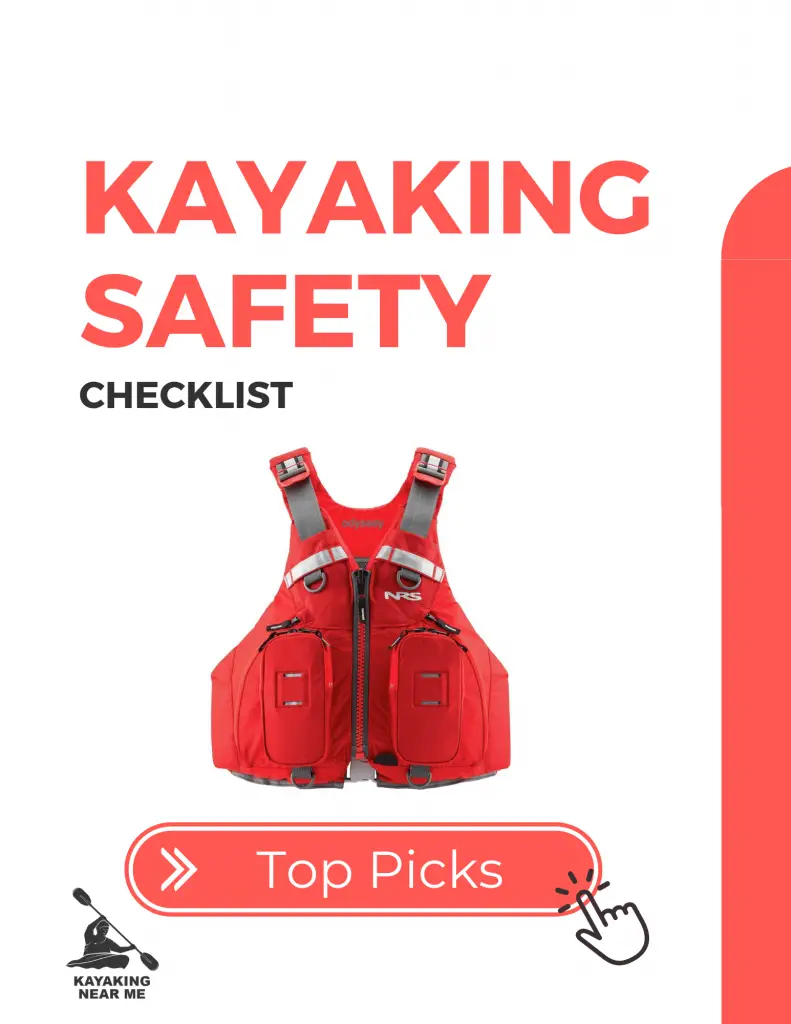
Kayaking offers fun and adventure, and it’s easy for beginners to get involved. That’s one of the reasons this sport is so popular! What may not be popular with newbies is being confused about how some kayak parts work or why they’re even part of the boat. For instance, scupper holes and scupper plugs might seem odd, especially to a novice who might wonder why even put these holes in the kayak if there’s a need to plug them once the kayak is in the water. Because of that type of thinking, some new kayakers think scuppers aren’t necessarily good for kayaking. The truth is that scupper holes and plugs are there to help you.
What Is A Scupper?
What is a scupper? It’s not an odd question for a novice kayaker because newbies usually aren’t familiar with all kayak parts or purposes. Scuppers are simply molded in-drain holes in sit-on-top kayaks. These vertical holes connect the boat deck to the water beneath it, and they may be in the cockpit, foot walls or tank well. There are typically between one and six scupper holes on a kayak.
Scupper holes are good for draining water. They allow water to drain away from the kayak’s deck so that water doesn’t accumulate there. Since the deck is the area that is above the water line, you may be wondering why or how water gets on the deck. Well, the same scupper holes that allow water to drain out can also allow it inside, but it’s no reason to panic. This happens when you’re in choppy water. It also comes in if the people inside the kayak are heavy enough to cause the hull to sit deeper in the water. That extra weight affects buoyancy and displacement, which allows the kayak to take on water.
What Is A Scupper Plug?
Just like the scupper hole, a scupper plug is simple. They are a safety feature of sit-on-top kayaks, but their purpose is to plug up the scupper drain hole. Designed only to fit the scupper holes, the plugs fill those openings to keep water from getting into the kayak during those times that your boat takes on extra water. As mentioned before, this happens in rough water and when there’s extra weight onboard.
Are Scupper Plugs Really Necessary?
There’s no kayak rule requiring any paddler to use scupper plugs, and whether or not they’re necessary depends on what’s going on with the water when you’re kayaking. Plugging those openings could mean less water inside the yak. Leaving them open could make it feel like there’s as much water inside the boat as outside, but that’s only when you’re taking on too much water.
A few things to remember are that kayaking is a wet sport, you’re unlikely to stay dry all the time, and getting little water in the kayak is normal. Plus, when you have excess water and decide to use the scupper plugs, you could still get a little water in the kayak, but it doesn’t mean you’ll sink. Put the plugs in harder for a tighter fit, and that could minimize water getting through.
Ultimately, it’s your choice whether to plug scupper holes or not, but the plugs are quite handy. You may be paddling on flat water and have no need of plugs or enjoying a brisk ride on rougher water and find that you need them. Either way, it’s a good idea to have scupper plugs, just in case you need them.
